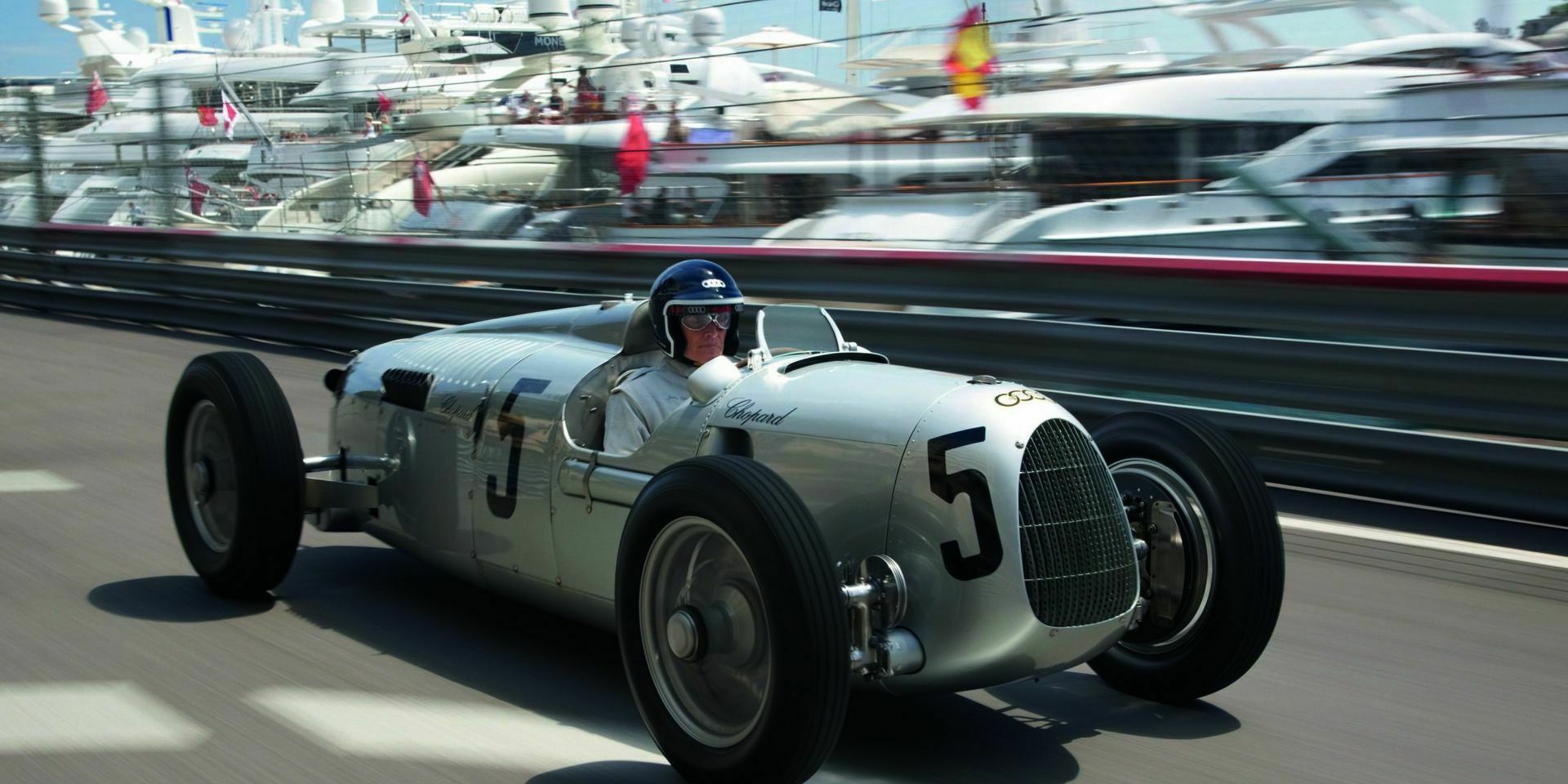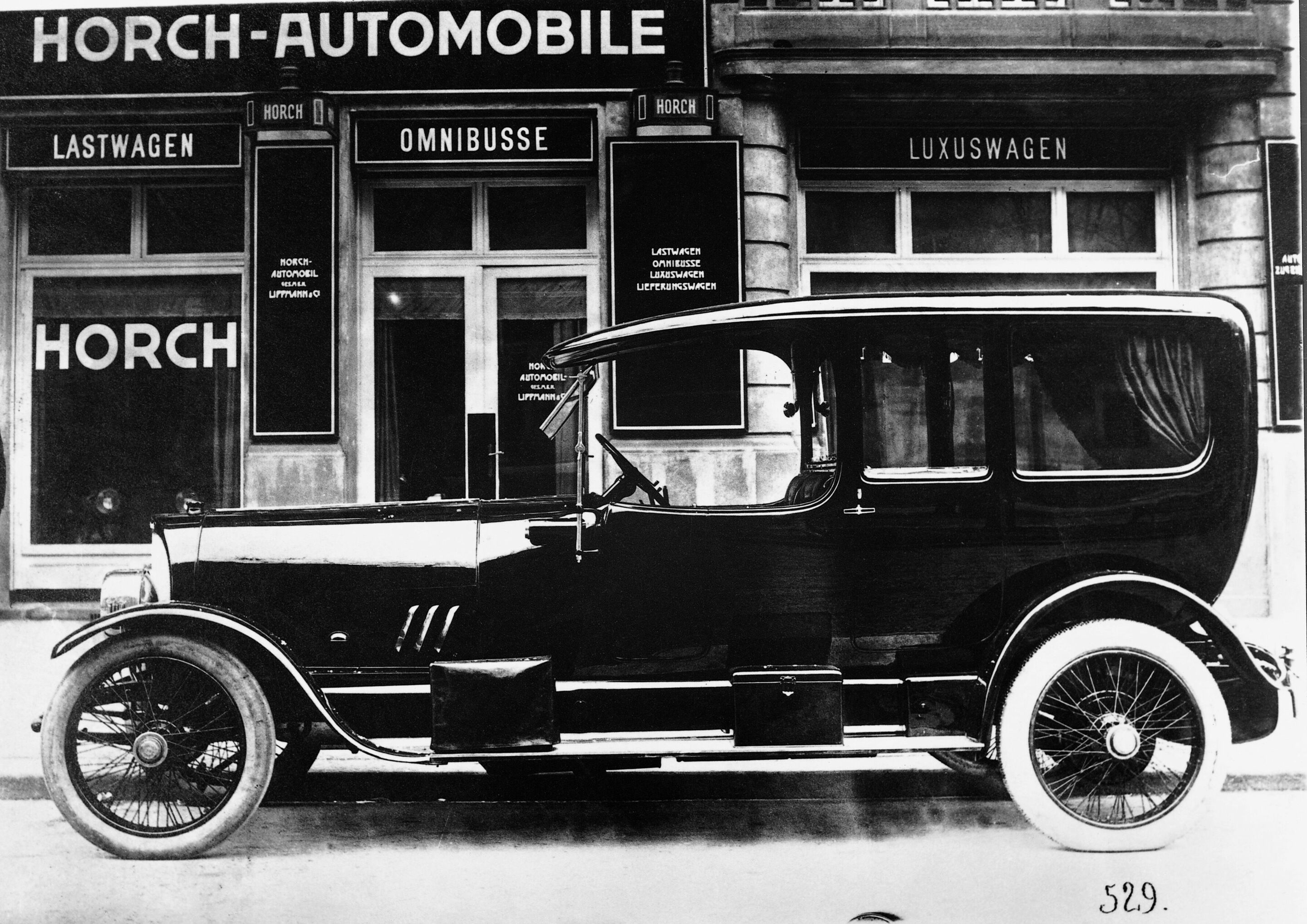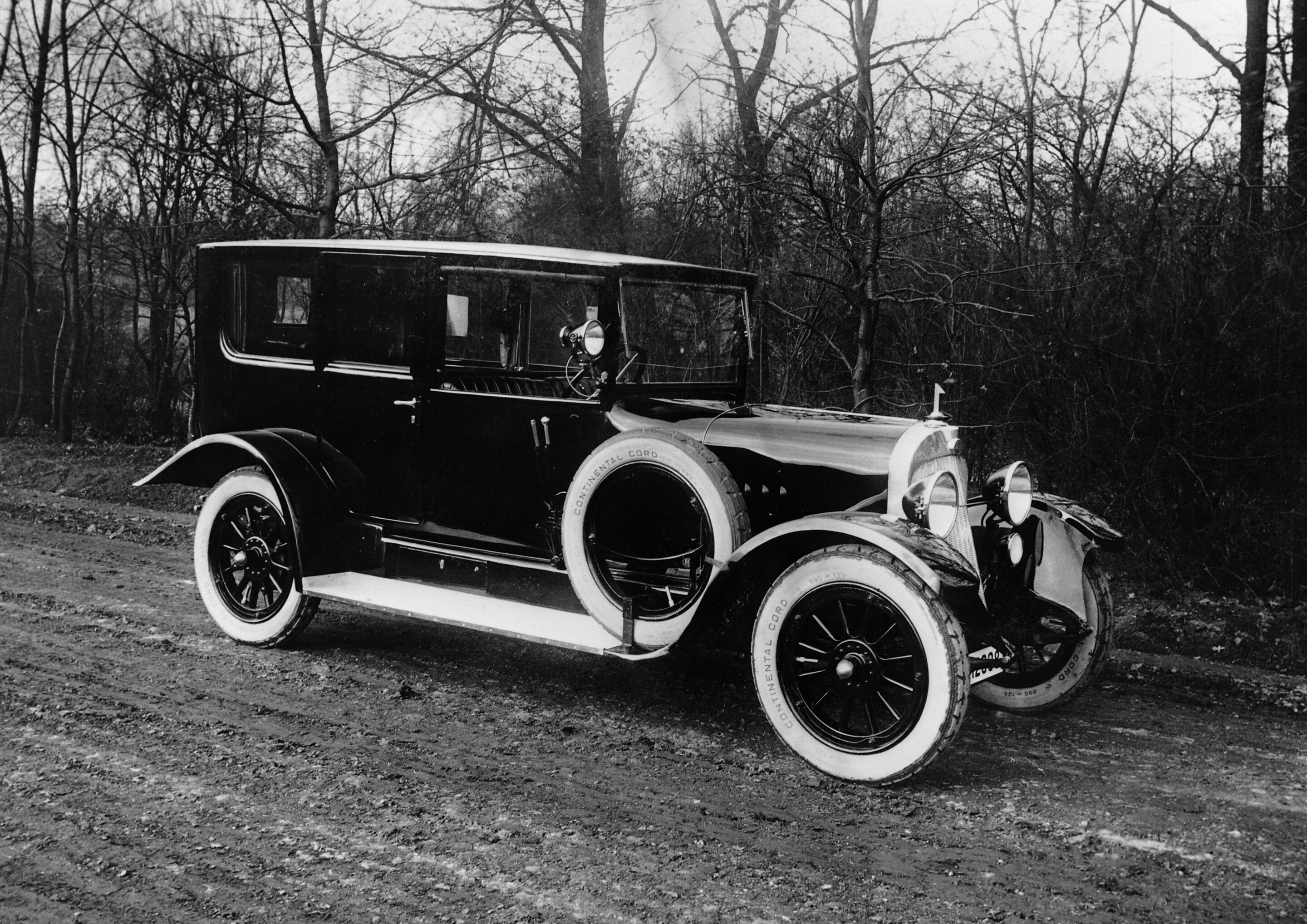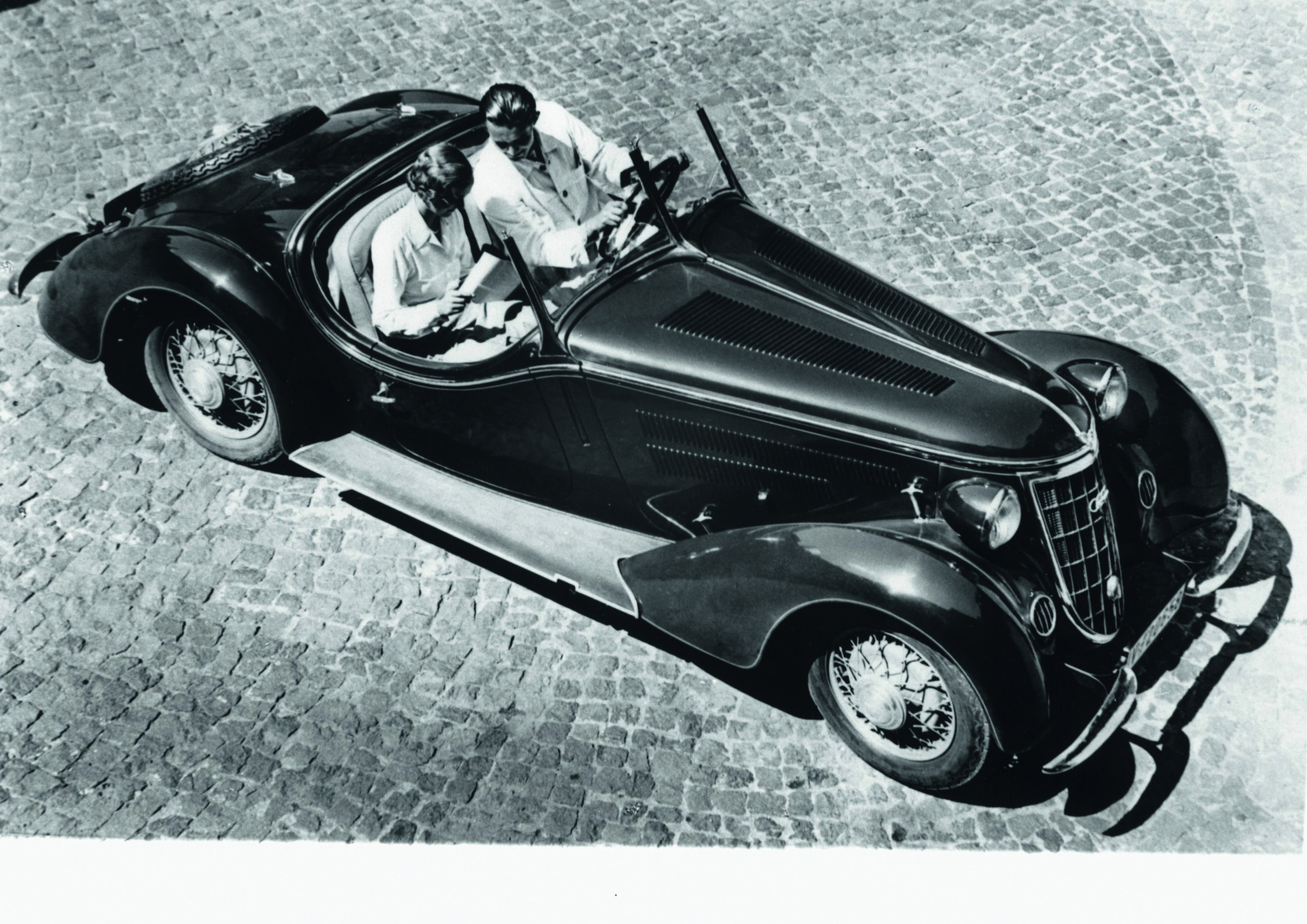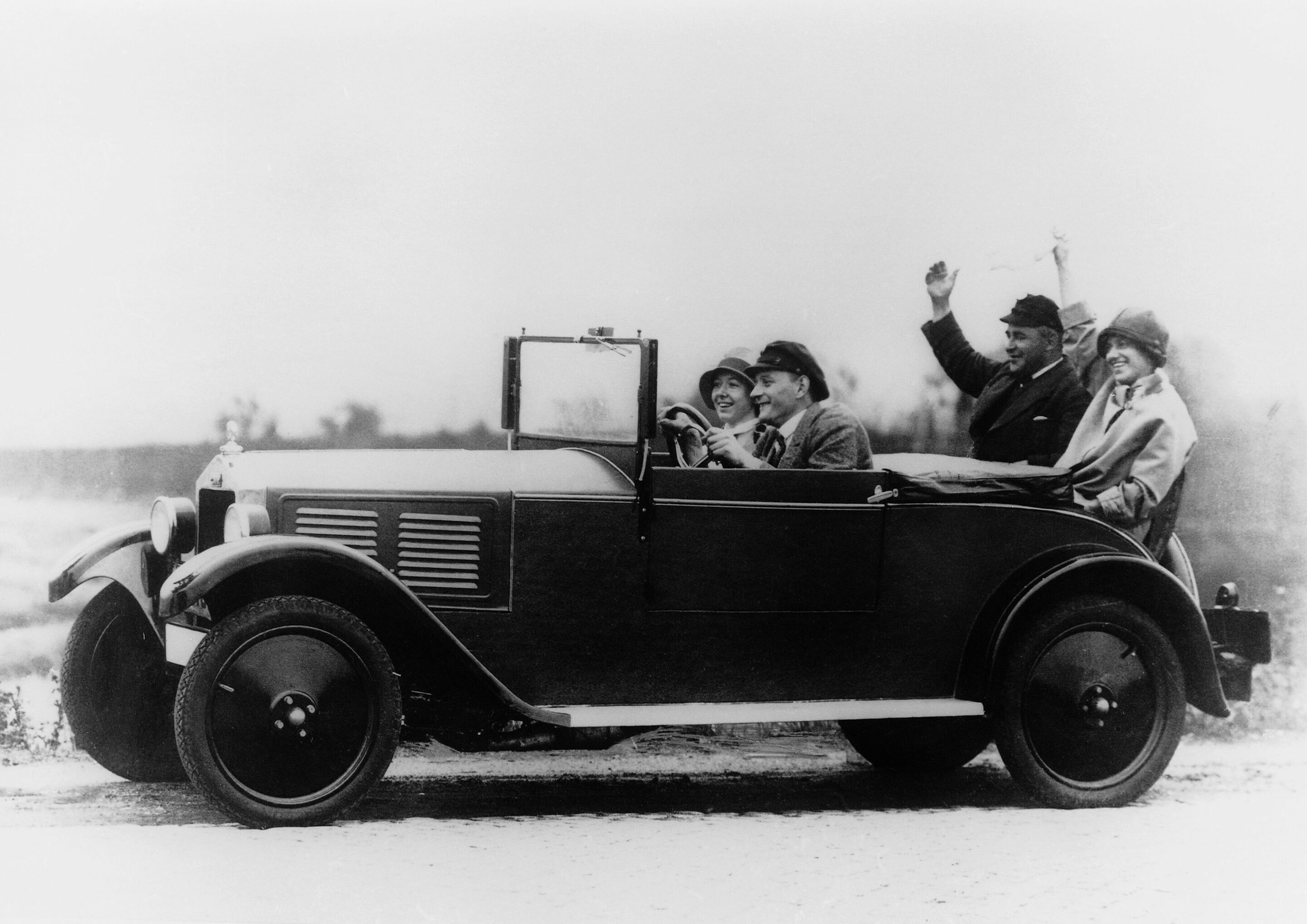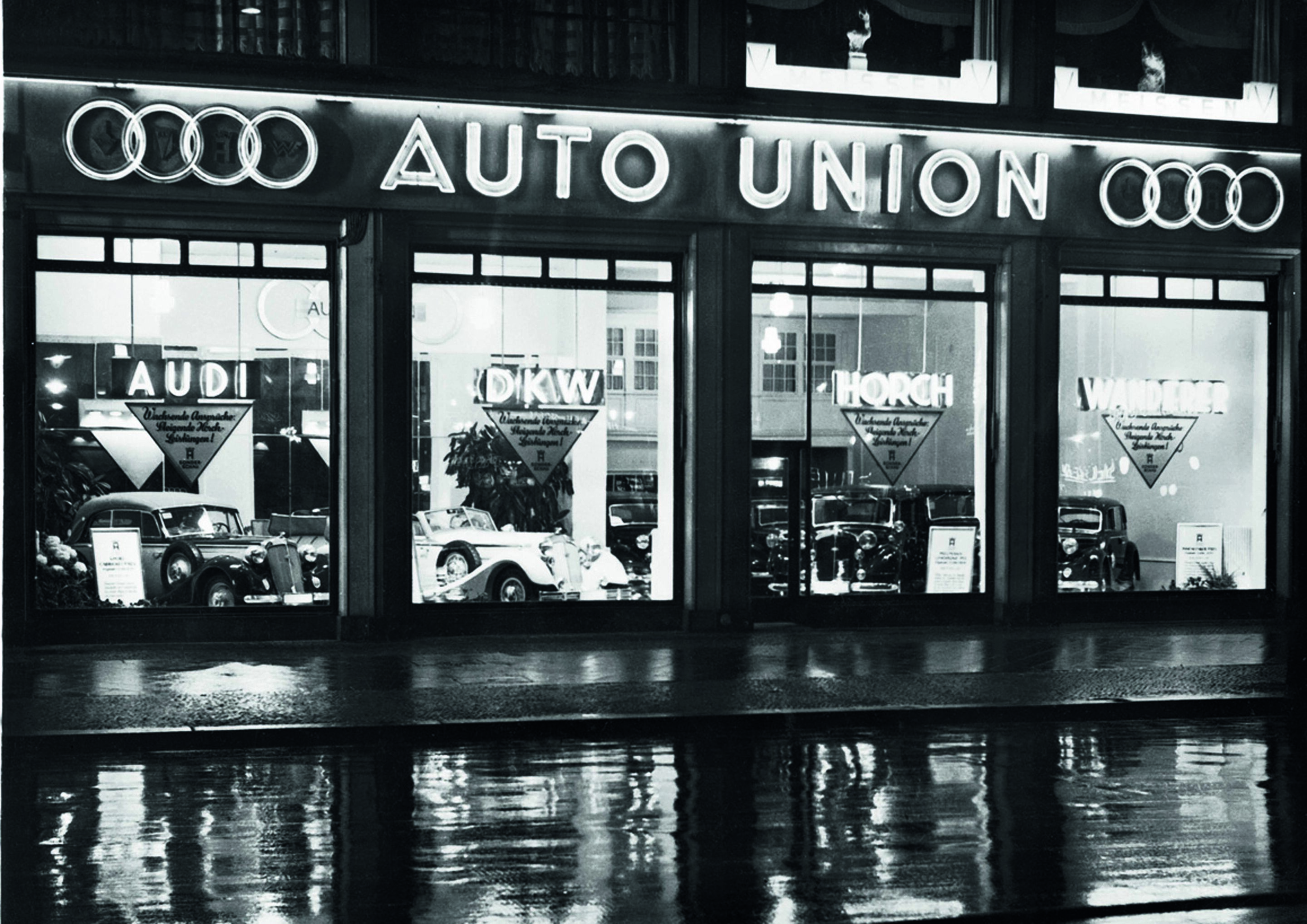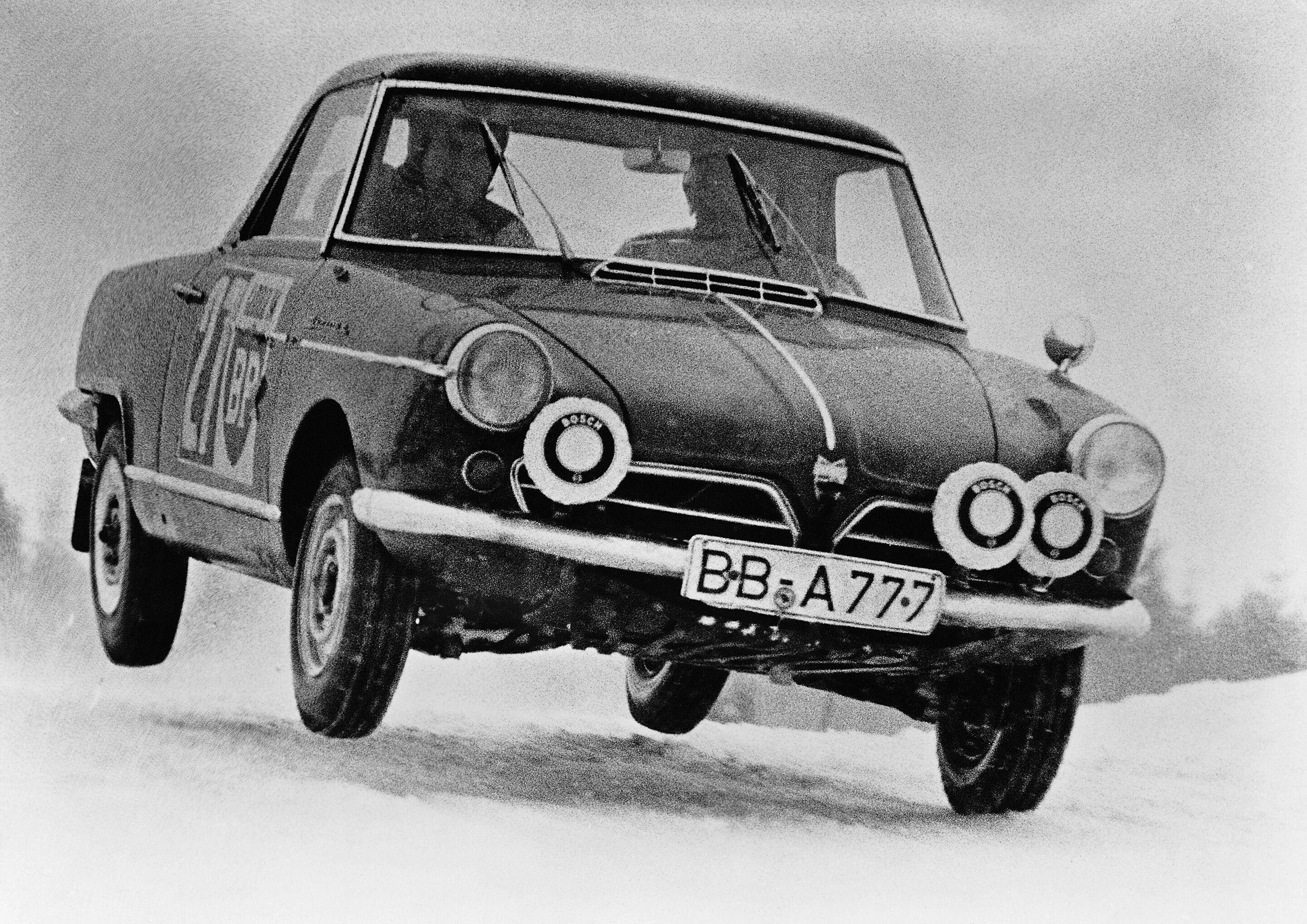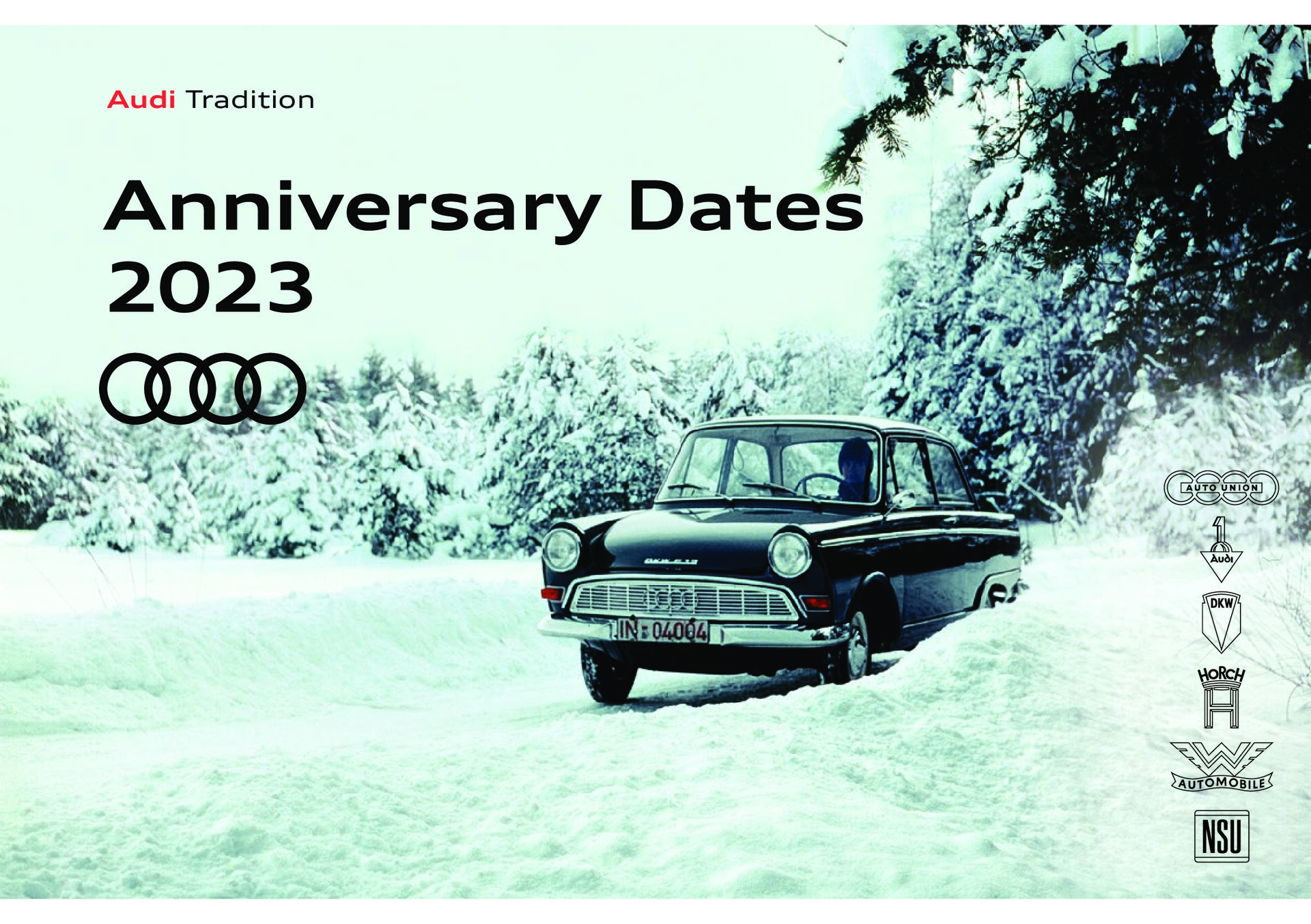Audi Tradition
The eventful and varied history of AUDI AG extends back to the 19th century. Find out more about the great personalities from the brand’s 100-plus years of history. Learn about the fascinating evolution of the various models and major milestones in the fields of car manufacturing, engine production and motor racing.
